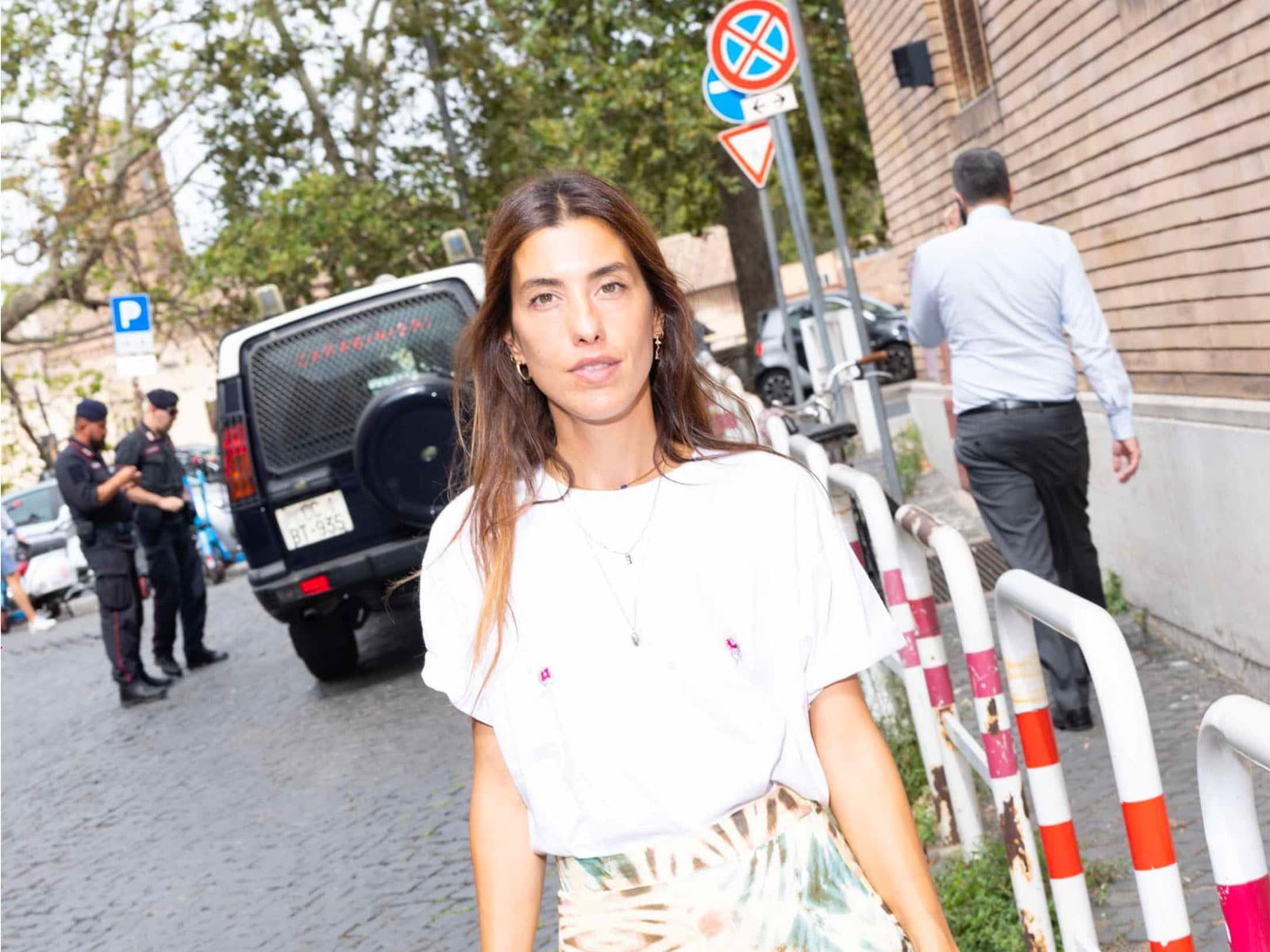Hhe lived in the Netherlands, Argentina, the United States and England, and yet Sarah D’Agati she decided to return to her city, Rome, to change from below the narrative that for decades immobilized her in the contours of a static and decadent capital, anchored in the past, corrupt. He does it with me Maddalena Salerno with Common in Rome, the project that engages different neighborhoods to highlight spaces, creative realities, artists and musicians that make up the real soul of Rome. All from a holistic perspective, creating connections and short circuits that can give life to virtuous networks capable of bringing new perspectives to the city
Cambridge PhD in International Relations, specializing in soft power and cultural diplomacy, Sara D’Agati has always focused her interest and professional path on culture as a tool for social regeneration. A means to highlight and stimulate different, often drowned out voices, an expression of unusual views on life, that ignite and provoke questions, curiosity and expand horizons. That’s the beauty of big cities: immerse yourself in the swarm of human, cultural and artistic biodiversity to discover something more about yourself. Biodiversity, however, in a city like Rome, must also be remembered and reconstructed.
“I have always been interested in studying how culture can become a tool of influence, especially in the Italian context. Abroad, Italy is often described in stereotypical or reductive terms, sometimes even ridiculed. Even when I previously worked with the Foreign Affairs Committee and took courses at the University of Roma Tre and in the graduate program Sole24Ore, I explored the connections between territory and culture to find a different narrative from the political, toxic, patriarchal one. What I wonder is: how can culture change the perception of the city? A question I turned to Rome: how can the narrative of the capital change? Simple, Rome is changing,” Sarah explains.
With the foundation, with me Maddalena SalernoOf Bla Studio, a creative company with a focus on territorial branding, Sara D’Agati starts here to bring people back to reclaiming the generative power of creation, action, organization, expression of creativity without feeling the burden of a city founded in art and beauty his greatness. Rome, the eternal city, they say. And what would it look like if it became a modern city?
“With this challenge the claim “Roma città eternal oggi” by Romadiffusa, whose second edition of the festival took place last September. Even by the Romans themselves, in fact, Rome is described as a heavy, difficult city, where nothing happens. What if it wasn’t like that?
Milan is said to be a European city where everything works. Rome, on the other hand, is considered a very Italian city, where not everything works. Why this equation? Italy cannot recover without Rome
We want to change Rome by acting on the territory, starting from the bottom.”
To do this, the How It Works of Romadiffusa is methodical and painstaking: “First of all we map, area by area, all the virtuous realities that exist: shops, restaurants, galleries, venues, there are thousands. However, there is no systemization, there is extreme evaporation. We create a map of these realities and then network them, make them known to each other. We then connect similar realities and make them visible through the festival, which is only the most visible public manifestation of a long and complex process. During the four days of the event we then create a tetris between modern and traditional content.”
Organized last September in its second edition, the festival is a format that activates, each time, a different neighborhood, projecting existing realities, bringing creative energies from outside and involving a wide and transversal audience. A huge and ambitious project.
At the base of it all, the idea that over the years has been created a great misunderstanding: that culture, art, poetry can only be grasped by one position of people. That the masses want something else, that they speak another language. “We want to highlight the rhetoric that has been used for many years to justify TV trash and the ugliness of cities. They told us this is what people want.
On the contrary, we want to show that if people are offered the beautiful, the poetic, the quality, they will be ready to accept it.
Our experiment is to bring content to audiences in places and situations where they would not normally enjoy it: a monologue in a restaurant, a piano concert on the street, an exhibition in the cookie factory or body shop, an Afro music concert in a bakery, stand- up comedy event in a bar. A kind of beauty that people don’t know and don’t know what they want. But above all it does not correspond to capitalist logic. We want to displace and create alienation. The festival becomes a playground that undermines the idea of Rome where nothing happens, creating a contrast between the historical and the modern.’
The aim, among other things, is also to change the tourist flows of the city, which is still very much linked to hit-and-run tourism. “We would like to start building the tourism that comes specifically for the event, to get to know other aspects of the city besides the most famous monuments, that stays longer and finds motivation to bring new projects and invest in the city” .
And what is the Romans’ reaction to all this? “In the last month, every hour there is someone who writes to us, comes to knock on our office, comes to tell us what they are doing, asks us to participate. We are also getting excitement from the audience that we never expected. The events sold out almost immediately, so many people are writing to us to help us, to participate, we can hardly believe it ourselves,” Sarah concludes.

